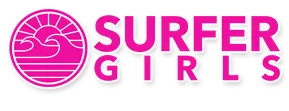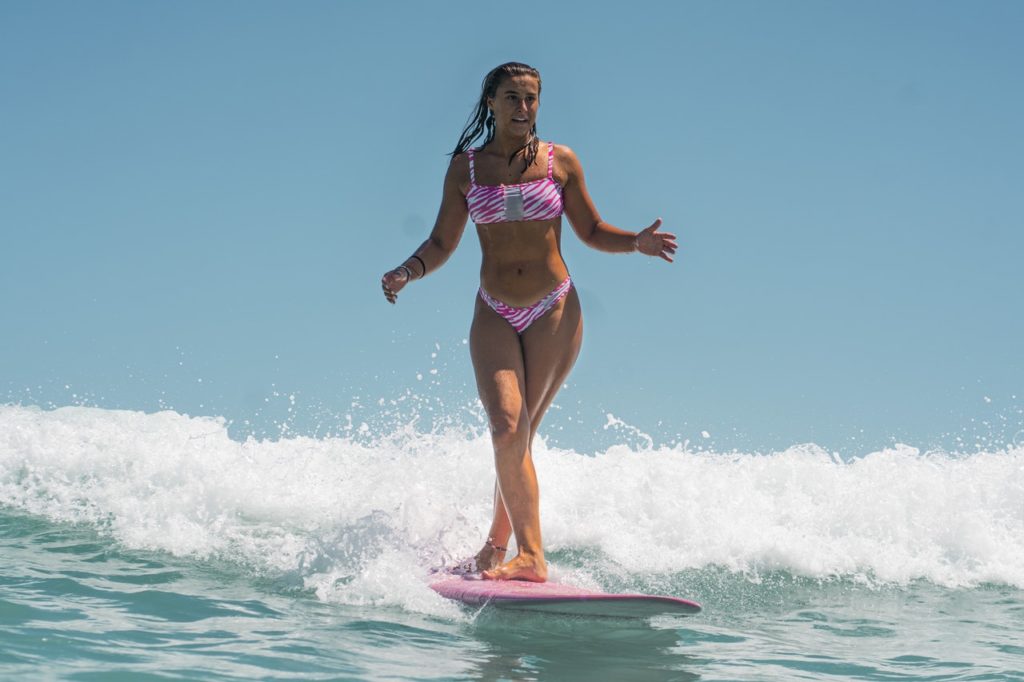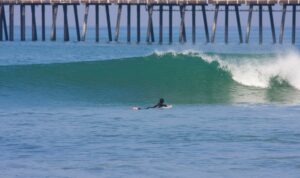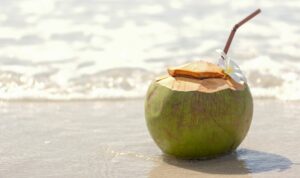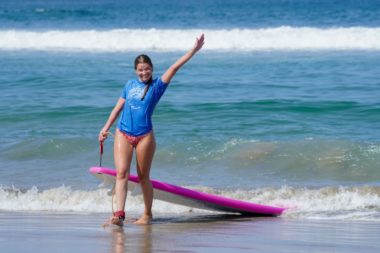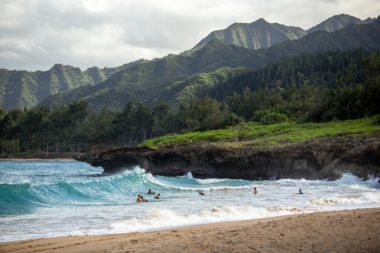If you have been around surfers or surfing for any portion of your life you’ve probably heard the phrase “hanging ten”. You may have wondered what the heck that meant. Well, this blog’s purpose is to hopefully clear up and confusion you may have had as well as give you a little history of the term.
Many longboard surfers will tell you that hanging ten is one of the most accomplished maneuvers in surfing. It is also referred to as noseriding. It is a wide concept involving a large number of maneuvers and tricks.
Hanging Ten, Hang Five, Stretch Five, Hang Heels, Front Foot/Heel Hang and Back Foot/Heel hang are some of the variations of noseriding, a maneuver best performed on waves around head-high, or less in size. David Nuuhiwa, Dale Velzy, Corky
Carroll, Paul Strauch, Rabbit Kakai, Mike Doyle, Lance Carsonand, Matt Kivlin others were the pioneers of riding in the front half of the surfboards. In noseriding, the surfboard cuts through the water. Once on the front end, the entire surfboard behind becomes emerged on the water, most times. The front of the board generates lift to counterbalance the weight of the surfer. All the weight on the tip of the plank.
In the early days, surfers tested their balance skills in small waves, by slowly cross-stepping across the board. The Hang Five was successfully completed and then hanging ten. “A sport within the sport”, wrote Bill Cleary, in 1963. Surf judges started counting the number of seconds spent on the nose of the surfboard. Ten consecutive seconds would be a great achievement.
In noseriding, the surfboard cuts through the water. Once on the front end, the entire surfboard behind becomes emerged on the water, most times. The front of the board generates lift to counterbalance the weight of the surfer. Here are a few steps to perfectly execute hanging ten. First off, catch a good-looking wave. Secondly, sweep into a competent bottom turn. Then, aim the board for the upper third of the wave, near the curl. Next, you want to start cross-stepping quickly towards the nose of the board. It is important to place your weight towards the inside rail. The breaking part of the wave will start enveloping your board’s tail. Tip ride for as long as you can, close your eyes, and enjoy the spiritual and weightless moment. Then shift your weight when the longboard and the wave ask for it. When you feel you’re hanging ten underwater, trim back, cut back, and start all over.
